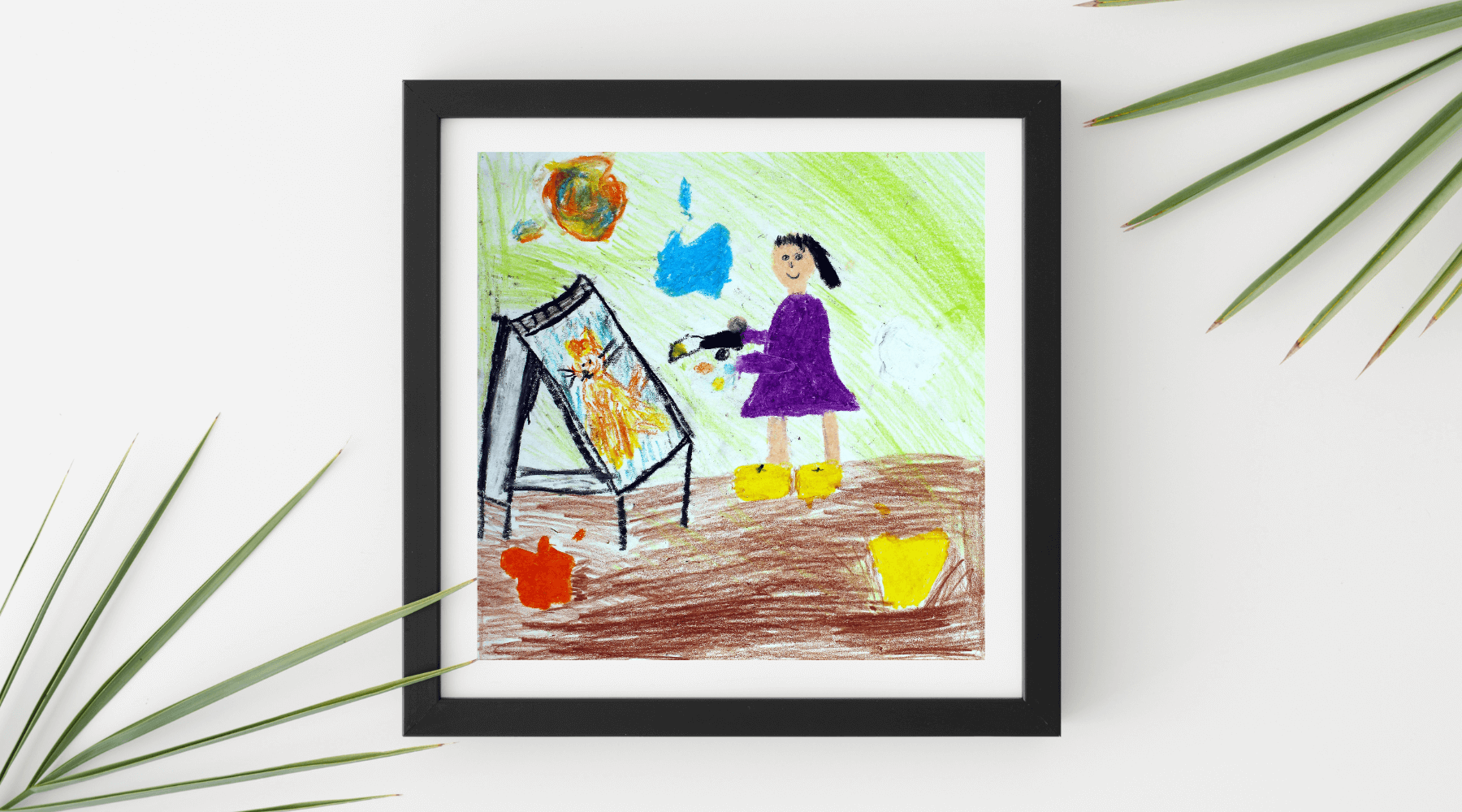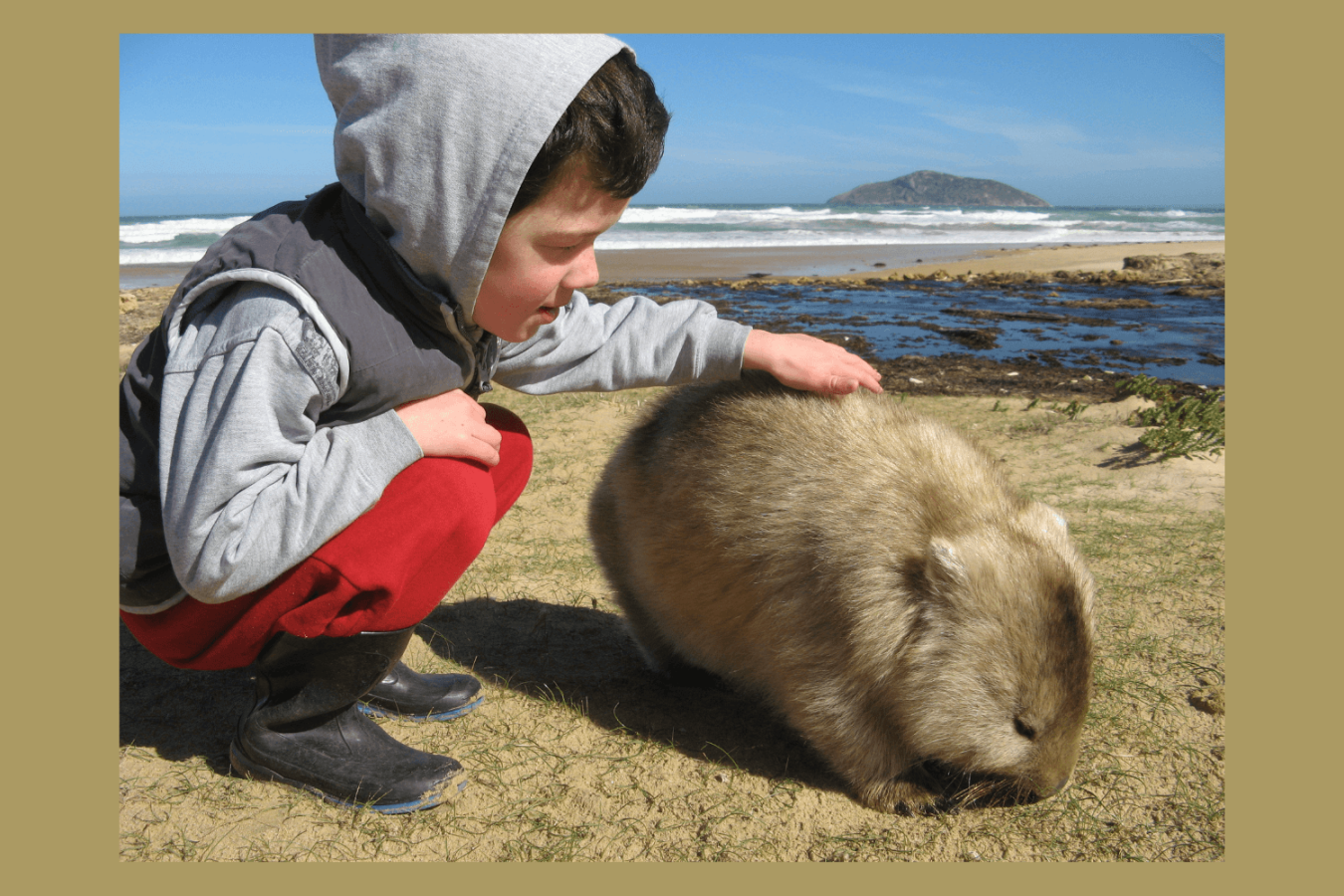
A new program is helping primary school kids broaden their career horizons through artwork, writes Shane Green.
It’s a go-to question asked of younger children: ‘What do you want to be when you grow up?’
Invariably, it produces a range of intriguing answers that give us a glimpse into the workings and imaginations of young minds.
You might assume that the possibilities would be limitless. Yet even in their primary school years, those options for children are already narrowing, explains Maria Floudiotis, careers education consultant at Independent Schools Victoria.
Maria says that research shows while some children have well-thought-out ideas about what they want to be, a range of influences has begun limiting their thinking.
Children are often influenced by family and friends, and what they see or hear in the media. And gender stereotyping of jobs is already happening.
That’s why there’s a need for greater access to career role models from a young age,’ says Maria.
That’s the aim of a program that’s been run by ISV, called Career Allsorts.
When you can see it, you can be it
It’s a simple but compelling concept based on the idea that if you can see it, you can be it.
Under the program, schools invite parents and other community members to speak to students about what they do and what a typical day might be, with the aim of sparking children’s curiosity.
The next step is asking children to create an artwork about what they would like to do when they are older. It can be drawing, painting or sculpture (see banner image above).
As Maria explains, the program is adapted from the Drawing the Future program, which involved 22,000 children from around the world, aged seven to 11, to draw what they wanted to be when they grew up.
A pilot program run by ISV last year involved six Independent schools, with students in years three to six.
Getting children thinking about careers when they are in primary school is critical, says Maria ‘Career education is often left to the senior years of secondary school, and that in many ways is too late.
‘Career education needs to start a lot earlier and really try and break down some of those gender stereotypes and assumptions that are made in relation to careers.’
The schools involved embraced the pilot program. Maria recalls one session where the school had assembled a panel of speakers from a broad range of occupations.
The students were given worksheets, which helped them reflect and respond to the speakers.
Breaking down stereotypes
Maria says the students were inspired. ‘There was one particular speaker who was a senior weather forecaster from the Bureau of Meteorology. And one student said, “I’d love to have that job” and “I didn’t think that females could do that job”’, says Maria.
‘So that gives you an indication of how that, just hearing that speaker, started to challenge some of her career thinking around that gender stereotyping.’
Another speaker, a speech pathologist, talked about the obstacles they had, thinking their lack of application at school meant they could not get into the speech pathology course. But there were other pathways available to them.
A selection of artworks produced by the students will be featured in an exhibition at ISV’s gallery in the District Docklands, which opens on 8 March and runs until 29 March.
Maria was moved by the work produced by the students. ‘Sometimes we underestimate children. I just was really moved by their thinking and how much thought they gave to it.’
The students also show a sense of hope. ‘It’s great because often there’s the doom and gloom that you hear,’ says Maria. ‘But here are these young people who are feeling a sense of hope for the future.’
Maria was also struck by the self-awareness of students, thinking about how their skills, passions and interests might translate into the world of work.
She hopes the exhibition will be a catalyst for further conversations about careers.
‘When people come in and look at all the artwork, they can actually talk about the artwork, they can even question some of the artwork, or just inspire that sense of curiosity and really encourage those important career conversations,’ she says.
LISTEN TO ISPODCAST AND FIND OUT MORE ABOUT CAREER ALLSORTSsign up for our newsletter
See the artwork
Selected works by the students involved in the program are on display 8 March to 29 April 2023 at:
ISV’s Student Art Gallery
8 Wharf Street, the District, Docklands.
Opening hours: Tuesday–Saturday, 1.00 pm–5.00 pm.
Like this post? Please share using the buttons on this page.


